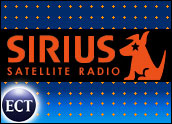
The U.S. Department of Justice has cleared the way for competing satellite radio services to merge into one company amid fears that the combined service would create an unstoppable monopoly.
Sirius Satellite Radio and XM Satellite Radio first announced intentions to merge in February of 2007 — 10 years after the inception of satellite radio — in order to reduce costs for production, customer acquisition and distribution. The two companies have a combined reach of 17 million customers and revenues that continue to climb; however, the audience is much smaller for subscription radio, which means the two companies — if the merger isn’t approved — would need to spend ever-increasing dollars to capture an ever-shrinking pool of customers.
NAB Opposition
The National Association of Broadcasters and Clear Channel have fought the merger from the beginning, claiming that the acquisition rules for satellite radio shouldn’t be different than terrestrial radio, said Heather Polinsky, Assistant Professor of Mass Media at Central Michigan University.
The NAB’s position has been clear: The Federal Communications Commission’s cross-media ownership rules prevent companies from creating monopolies in geographic areas, with some limited exceptions, to ensure competitive pricing and service plans for consumers. By approving the merger, both the DOJ and the FCC would be sanctioning the long-term monopoly of a national radio network.
“We are astonished that the Justice Department would propose granting a monopoly to two companies that systematically broke FCC rules for more than a decade,” said Dennis Wharton, NAB’s executive vice president. “To hinge approval of this monopoly on XM and Sirius’ result to deliver on a promise of interoperable radios is nothing short of breathtaking.”
The two organizations have also argued that one of the FCC’s original rules at the time of the creation of satellite radio was that they would never be allowed to merge to ensure a competitive environment.
New Competition
However, proponents argue that the merger doesn’t necessarily signal the demise of satellite radio competition. The FCC has already asked Sirius — the lead company in the merger — to return part of the spectrum originally allocated for both companies, Polinsky told the E-Commerce Times.
A combined satellite company could spend more money developing content and distribution outlets and less on customer acquisition, which would in theory build a bigger audience. Once the audience reaches a critical mass, other competitors like Rupert Murdoch’s News Corp. may find the margins too big to ignore.
“There’s nothing that would prevent Murdoch and News Corp., with their satellites up already, from coming into the market,” Polinsky said. “They just haven’t. Murdoch is pretty shrewd in what he invests in, and there’s no market for it yet.”
One More Hurdle
The results of the merger fight may reach beyond simple satellite and terrestrial radio; it could result in fundamental changes in cross-media ownership.
The last hurdle for Sirius and XM — and the last chance for the NAB and Clear Channel — is with the FCC, which is approximately halfway through its review.
It’s likely the merger will be approved, Polinsky said, since it’s rare for the FCC to sidestep the Justice Department. With the writing on the wall, it may be best for the NAB to give up its fight against the merger and focus on using the government’s decision to sanction a monopoly to argue for the relaxing of cross-media ownership rules throughout the country.
“If (this merger) is allowed, I think the cross-ownership rules will be less restrictive across the board,” said Polinsky.

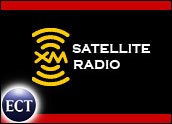








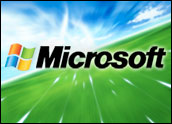
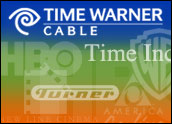





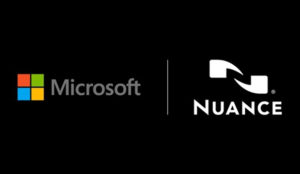





































Although Murdoch could theoretically be a future competitor, it’s quite a leap to assume that he could just use the satellites he already has. What is the technical basis for this assumption? What are the specs on the free transponders he has available? Besides, one of the secrets of satellite radio is that both XM and Sirius maintain a vast network of terrestrial repeaters to fill in the gaps in satellite coverage. This could cost a pretty penny. It’s just not as simple as "having some satellites up there".